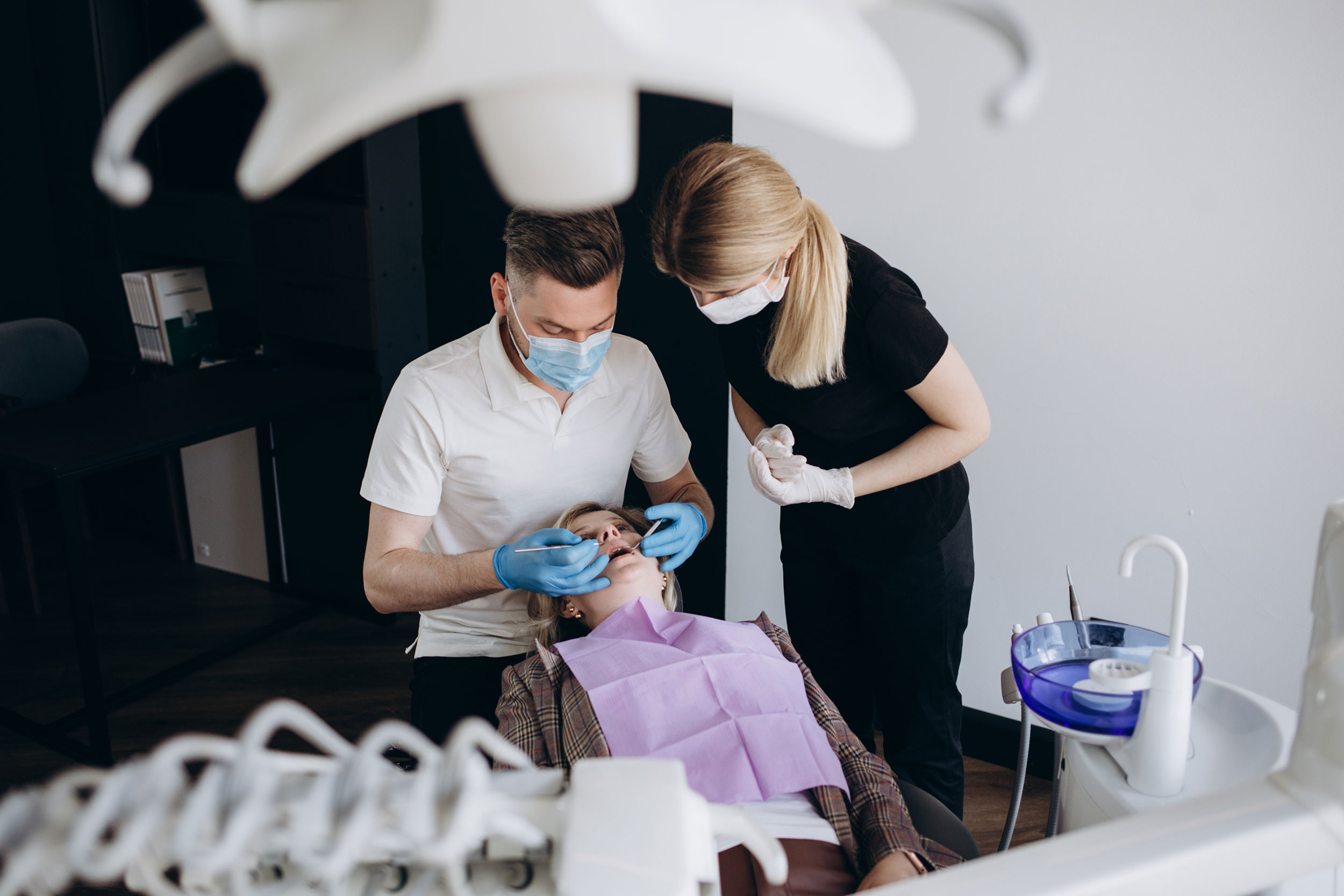Preventive dentistry is the foundation of dentistry, as it is of all health care. The goal is to keep the teeth healthy in the mouth. Therefore, problems that may occur over time are tried to be prevented with preventive dentistry practices.
What is Preventive Dentistry?
Preventive dentistry includes practices based on preventing the most common oral and dental diseases such as tooth decay and gingivitis before they occur. Recommended every 6 months, the main goal of dental check-ups is to solve problems before they occur or progress.
For example, a decay that starts between teeth in an adult patient can be solved with a small single- sided filling. However, if it is late, it may result in root canal treatment or even extraction. Therefore, preventive dentistry practices are very important for both adults and children.
Preventive dentistry in adults and children Includes:
- Necessary treatments
- Oral hygiene training
- Routine checks

What are the Preventive Dentistry Practices in Children and Adults?
Not all treatments are suitable for children. Your dentist will decide which treatment is suitable. The applications of preventive dentistry in children and adults are as follows.
Fissure Sealant
This application is applied to permanent (permanent, continuous) teeth to protect the teeth. It is usually applied to molars. Because the tooth structure has a protruding form. Therefore, the possibility of food accumulation in the recesses is high.
In order to minimize the risk of decay for the first permanent tooth, 6-year-old teeth, which are the first teeth to erupt in children, are the teeth that are most commonly treated with fissure sealants. Thanks to fissure sealants, these recesses are closed and the possibility of caries formation is reduced. This procedure is absolutely necessary for children who have not fully developed oral care awareness. It is a treatment that can also be applied to adults. It is one of the basic applications of preventive dentistry.
Professional Tooth Cleaning
Professional dental cleaning is needed to remove plaque and tartar from the teeth. It is especially necessary for areas such as the gum line, which are difficult to reach when brushing and flossing. It is very important for oral and dental health that teeth are cleaned by dentists once a year within the scope of preventive dentistry.
Fluoride Therapy
Fluoride is a mineral that normally occurs naturally in the mouth. It helps teeth to be stronger and more resistant to decay. It can even spontaneously treat cavities that have started to form. However, when the fluoride needed by the teeth is not secreted sufficiently, dentists aim to protect dental health by applying fluoride treatment to the teeth. It is a quick and easy preventive dentistry application. It can be applied to both children and adults.
Sealant Application
Dental sealants are a thin coating applied to the chewing surfaces of teeth. It is generally preferred for the back teeth. The filling material seeps into the natural cracks and pits on the tooth surface and prevents the formation of bacteria. In this way, it helps prevent decay.
Caries Diagnosis
Thanks to advances in dental technology, it is now possible to detect tooth decay early. Laser technology is used for this. Laser application is fast, easy and safe. Treatment of caries detected at an early stage with preventive dentistry is of great importance in protecting oral and dental health.
Placeholders
It is an appliance used to protect the place of permanent teeth in children in case of premature loss of milk teeth due to decay, trauma or premature loss. These appliances are specially made.
X Rays
Dentists use X-rays to diagnose dental diseases that cannot be seen with the naked eye or instruments. X-rays help to determine what is going on beneath the tooth surface and the state of jaw health.
In order to protect your oral and dental health, a dental examination is recommended every 6 months. With regular checks, existing problems can be treated before they progress.
